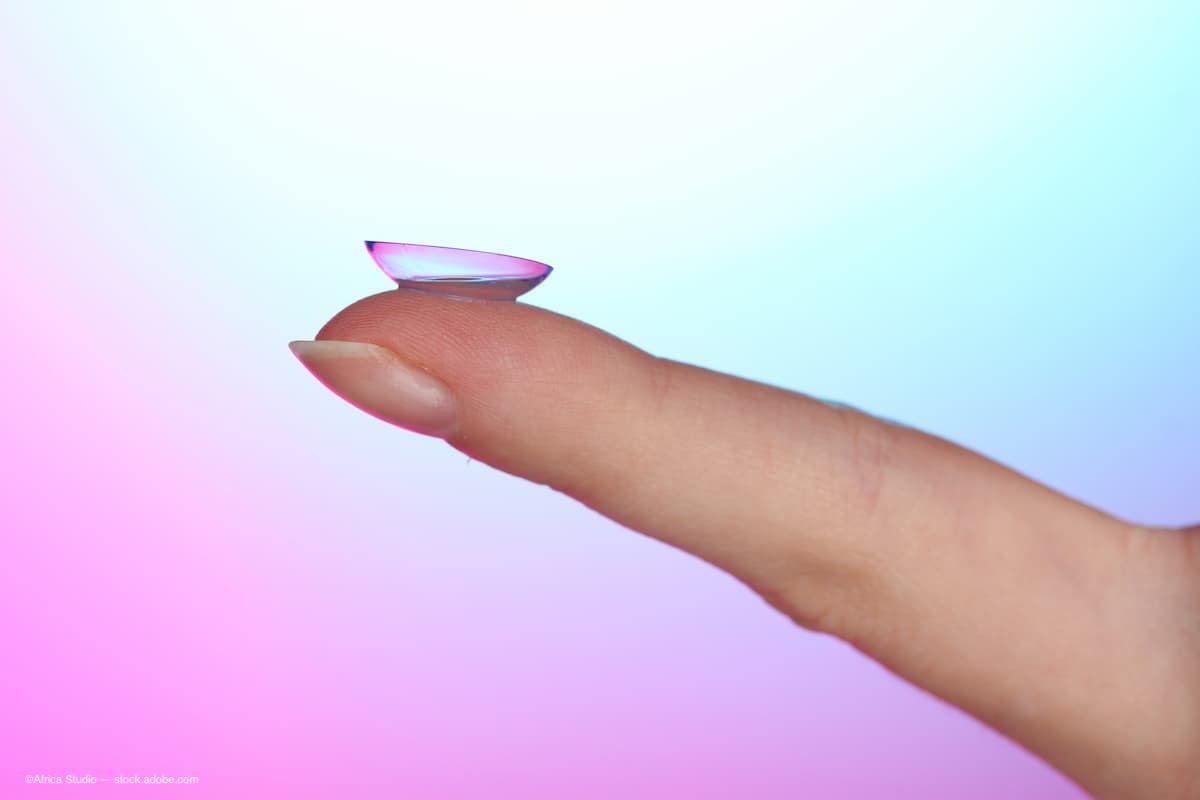Video
ASCRS 2023: Safety and effectiveness of the Dexamethasone Hydrogel-Based insert
Author(s):
Patrick Spencer, DO, discussed the safety and effectiveness comparison of hydrogel-based intracanalicular dexamethasone insert placement in the lower versus the upper punctum at the 2023 ASCRS annual meeting in San Diego.
Patrick Spencer, DO, discussed the safety and effectiveness comparison of hydrogel-based intracanalicular dexamethasone insert placement in the lower versus the upper punctum at the 2023 ASCRS annual meeting in San Diego.
Video transcript
Editor’s note: Transcript lightly edited for clarity.
Patrick Spencer,DO:
Hi, I'm Dr. Patrick Spencer [with] Iworks laser Vision Center, Dayton, Ohio. My study was designed to evaluate the safety and effectiveness of the Dexamethasone Hydrogel-Based insert, better known as DEXTENZA from Ocular Therapeutics. My study was designed around 79 patients that were going to get the insert in the upper versus lower punctum when undergoing cataract surgery with or without MiGS insertion or goniotomy.
So, we evaluated two primary endpoints, the first being no pain at day seven and complete absence of anterior chamber cell at day 14. We also had secondary endpoints [which] where the ease of insertion and number of attempts. So, the results, the pain at day 7 was approximately 97% in the lower and 92% in the upper. This extended out to 100% by day 30. It was interesting to note that the patient's during their first and second follow-up were certainly happy with their main control.
Regarding cell control at day 14, the upper punctum had 92% in absence of cell and the lower had 97%. This extended to 100% in both groups by day 30. For our secondary endpoints, ease of insertion was rated at 100% between moderate and easy between both arms of the study. The number of attempts were slightly higher in the upper arm, but only about 6 patients needed to have a second attempt. We thought this was important to note, and gave us some options for placement of the insert. And that was really due to ergonomics of the surgeon position. One of the reasons we liked to perform the study with Ocular Therapeutics, was that we know that there is a difficulty with the patients taking post operative drops. This is a great way to eliminate some of the drops that they have to use. In particular when we did this with our MiGS and goniotomy patients. As we know that glaucoma patients have an extra burden in 3 seperate drops and this was a great way to reduce that number of drops for them.
Newsletter
Don’t miss out—get Ophthalmology Times updates on the latest clinical advancements and expert interviews, straight to your inbox.




